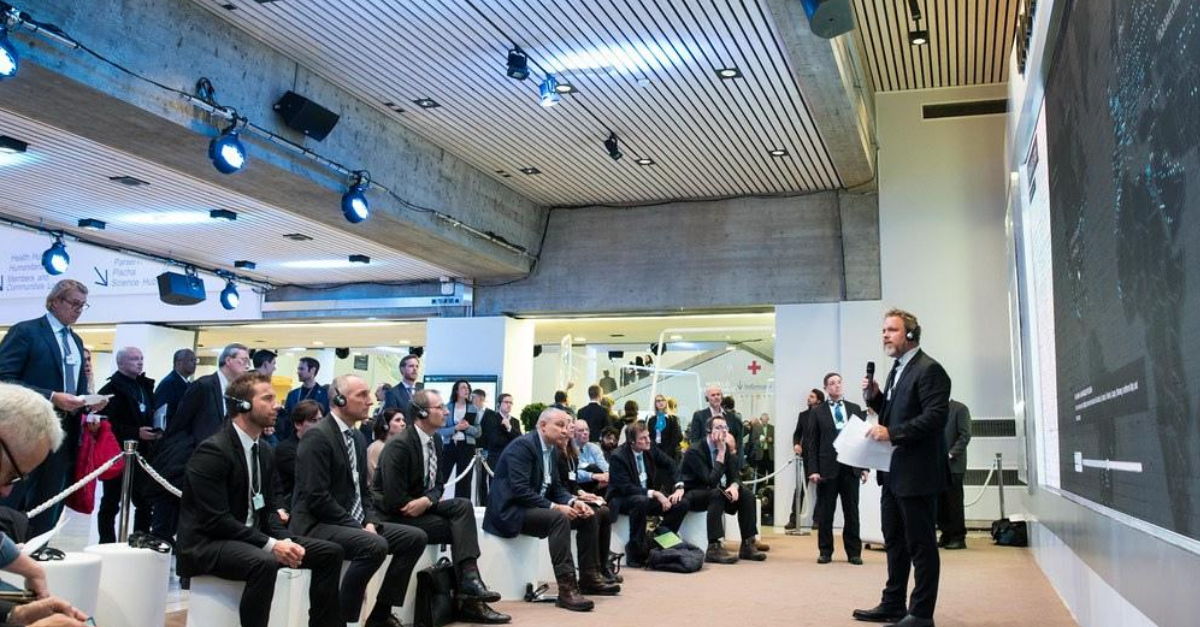Climate change could force 1.2 billion to move by 2050. Is the world even remotely ready?
Published in Mongabay
By Robert Muggah
In the years leading-up to the outbreak of genocide in Darfur, in 2003, median rainfall plummeted by a third. Already precarious pasture and grazing corridors shrank faster than communal land tenure systems could cope. Simmering tensions between herders and farmers across Sudan turned violent after being manipulated by local warlords and power brokers in Khartoum. By the time the shooting stopped, an estimated 300,000 lay dead and millions more were displaced. Darfur was dubbed the world’s first climate change conflict. Given the pace of global warming, it won’t be the last.
In a world beset by rising temperatures, devastating storms, and flash floods, climate migration and disaster displacement are quickly becoming the signal 21st century crisis. While hard numbers are hard to come by, conservative estimates report that as many as 60 million people are forcibly displaced annually as a result of food insecurity and livelihoods disrupted by climate change. While the impacts of climate change are global, the vast majority of those worst affected are in the world’s poorest and fastest warming countries.
Leia o artigo



